Tree Close Ups

Spring buds bursting into life.

Barking up the wrong tree

Patterns from nature inspire painters – is this natural or an artists impression?
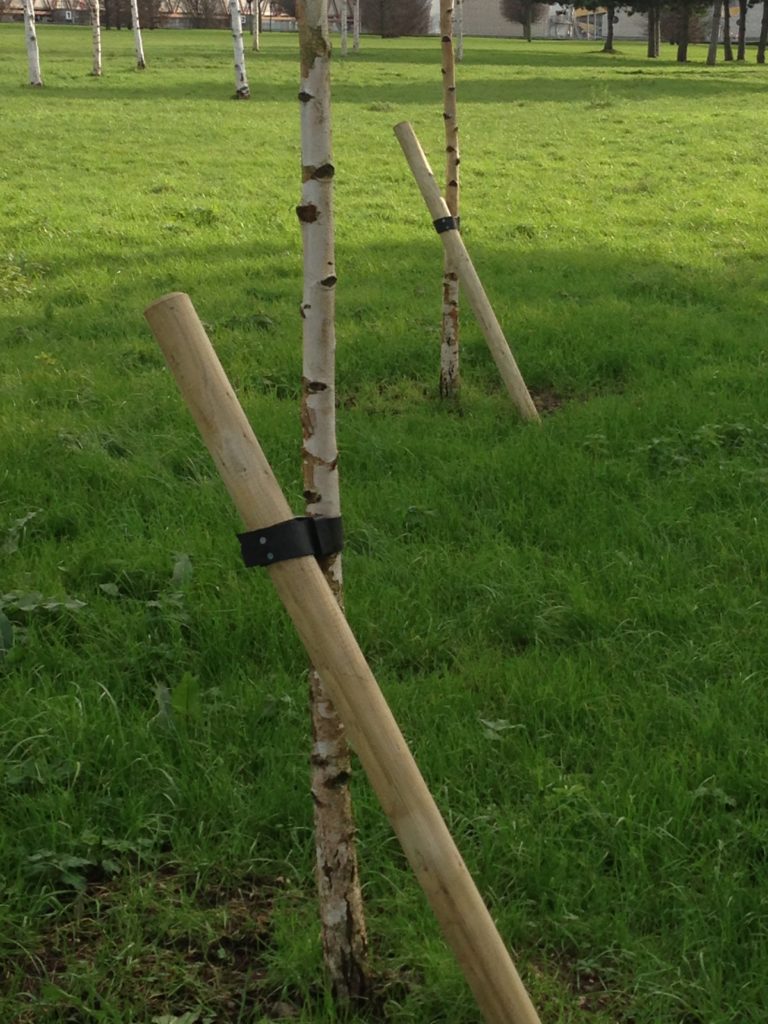
Stake out your support for trees
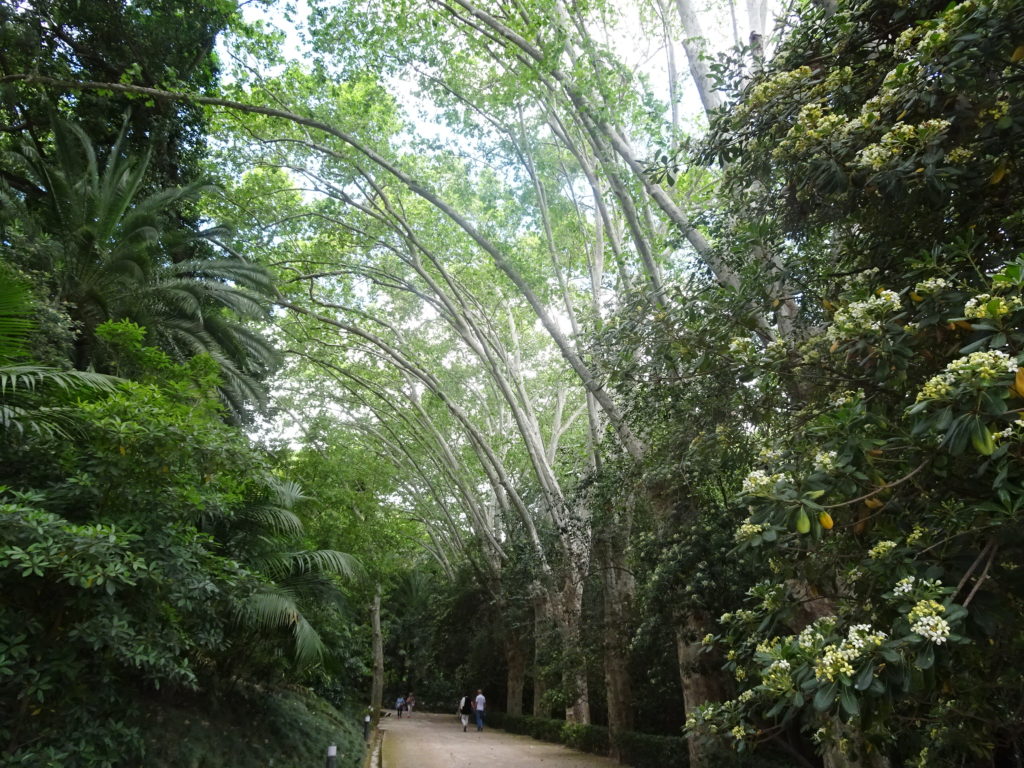
Limes in Malaga botanic garden lead to a interesting garden

Spring buds bursting into life.

Barking up the wrong tree

Patterns from nature inspire painters – is this natural or an artists impression?

Stake out your support for trees

Limes in Malaga botanic garden lead to a interesting garden
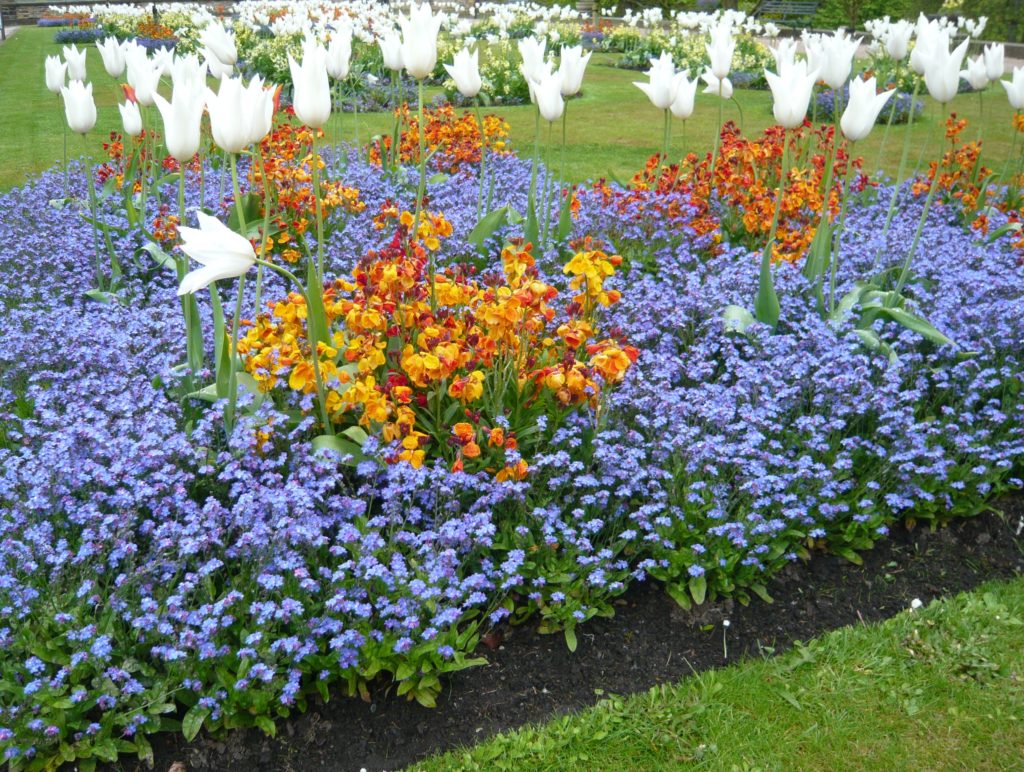
It is still be very cold and dank in some parts of the UK but the flowers hint that spring has finally sprung. It has been a stuttering start for 2018 and the ground is still fearfully wet and therefore very cold.
Star performers so far this year have been Helebores that have taken all the snow and cold that could be thrown at them and still come out well. The Primula family have produce strong colour and my Drumstick primulas in 3 distinct colours have been reconsigned into a ‘Den Den’ to produce showy blooms close together. (Primula denticulata give rise to the new named zone). Unlike previous years the daffodils in pots have done better than those in open ground.

More effort has gone into plants kept in the house as these white Muscari show. I have planted these back out into a white zone within the garden to add to the special daffodils next year. I have had mixed success with bought mothers day houseplants like roses (No I tell a lie they were a great disappointment and a waste of the kids money).
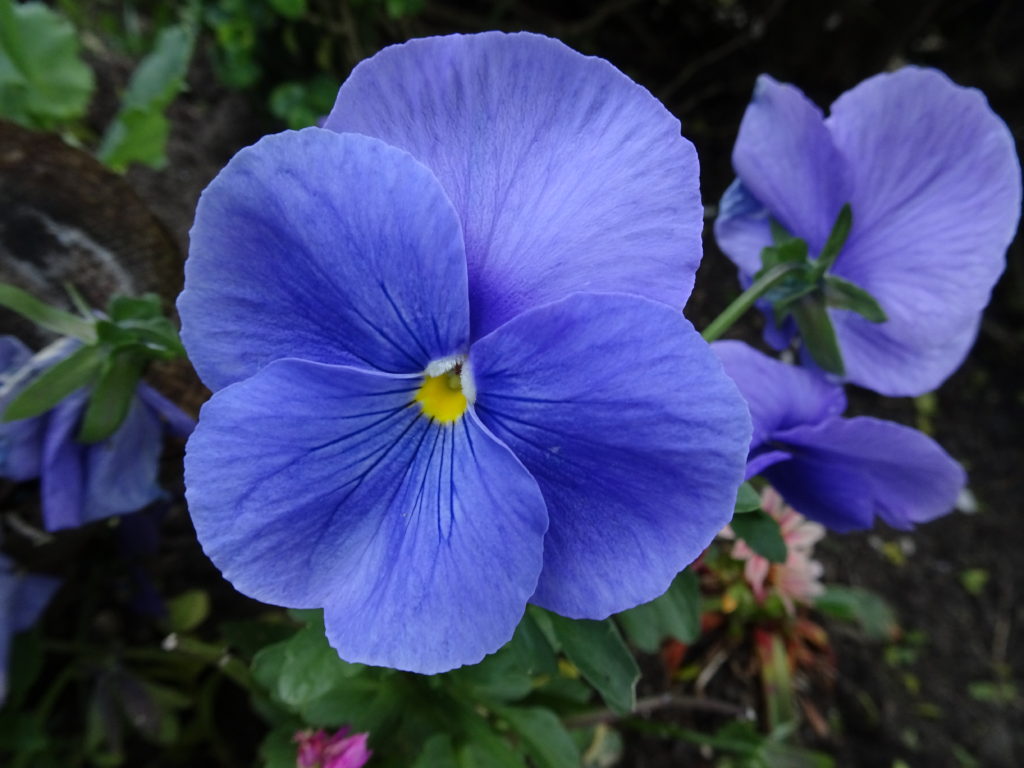
Roses are red Pansies are blue -They’re available in other colours – but what can you do?
Blue Vein Pansy is a character in the Greenskeeper Gathering andgarden dragon game of ‘Flight Rising’ where ‘These flowers fend for themselves, uprooting to seek sunlight, shade, and water as required.’
Would that all plants were so accommodating.
Plants can be segregated into two groups Monocots with parallel veins that begin at the base of the leaf and end at the tip without any branching. The Dicots that includes Pansy have veins that start at the bottom and branch out in an ordered network all over the leaf.
Thanks to pin interest there are lots of Pansy pictures in the same vein.
Lawns are cut regularly to encourage side shoots, prevent flowers and to keep the grass tidy. Some attention should also be given to other grasses and bamboos to encourage production of fresher growth at the beginning of the growing season.
Pruning Bamboo
Bamboo Care
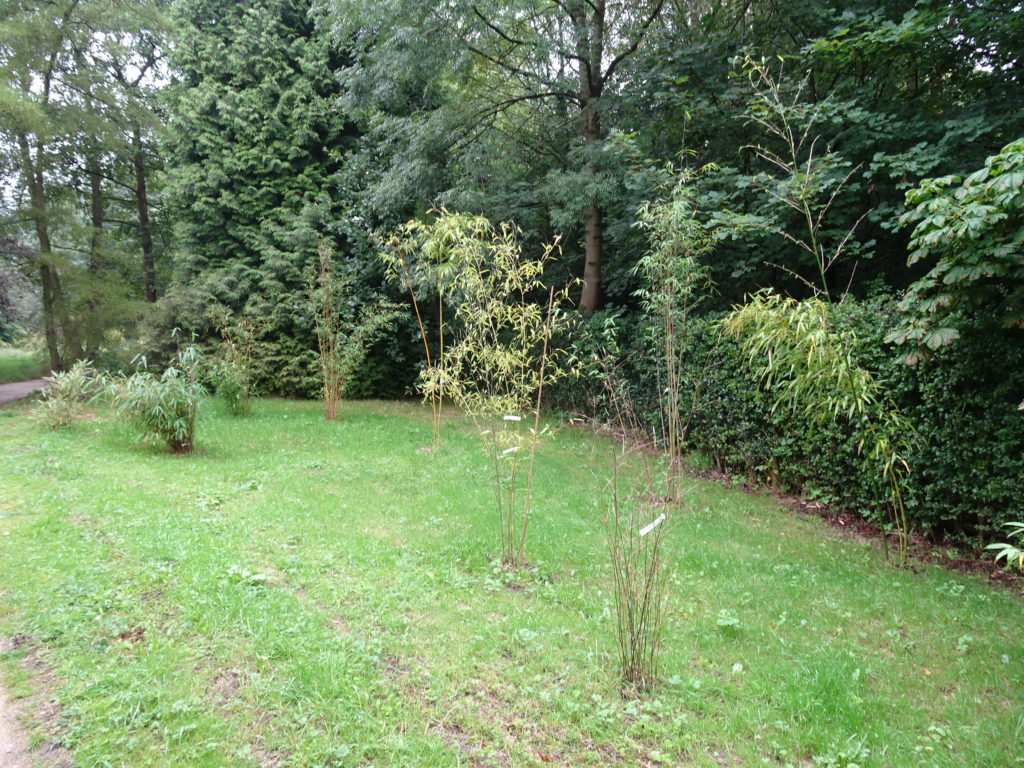 New Bamboo Boulevard at RHS Harlow Carr
New Bamboo Boulevard at RHS Harlow Carr
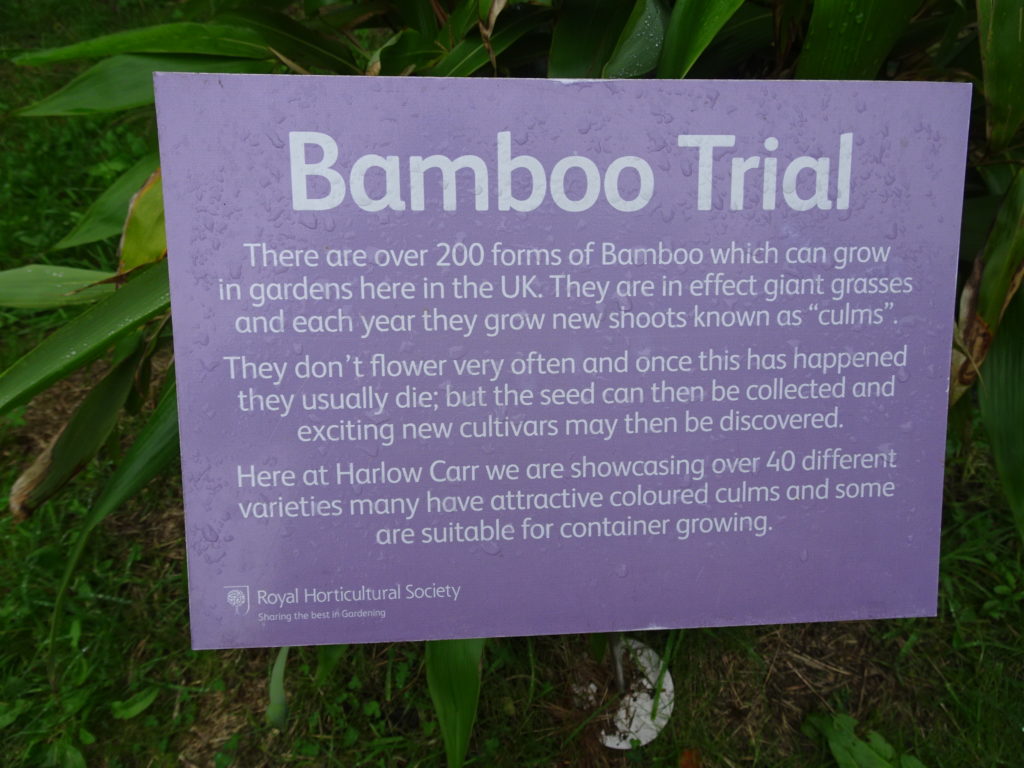
Hedge your bets and start a hedge fund and do not hedge around!
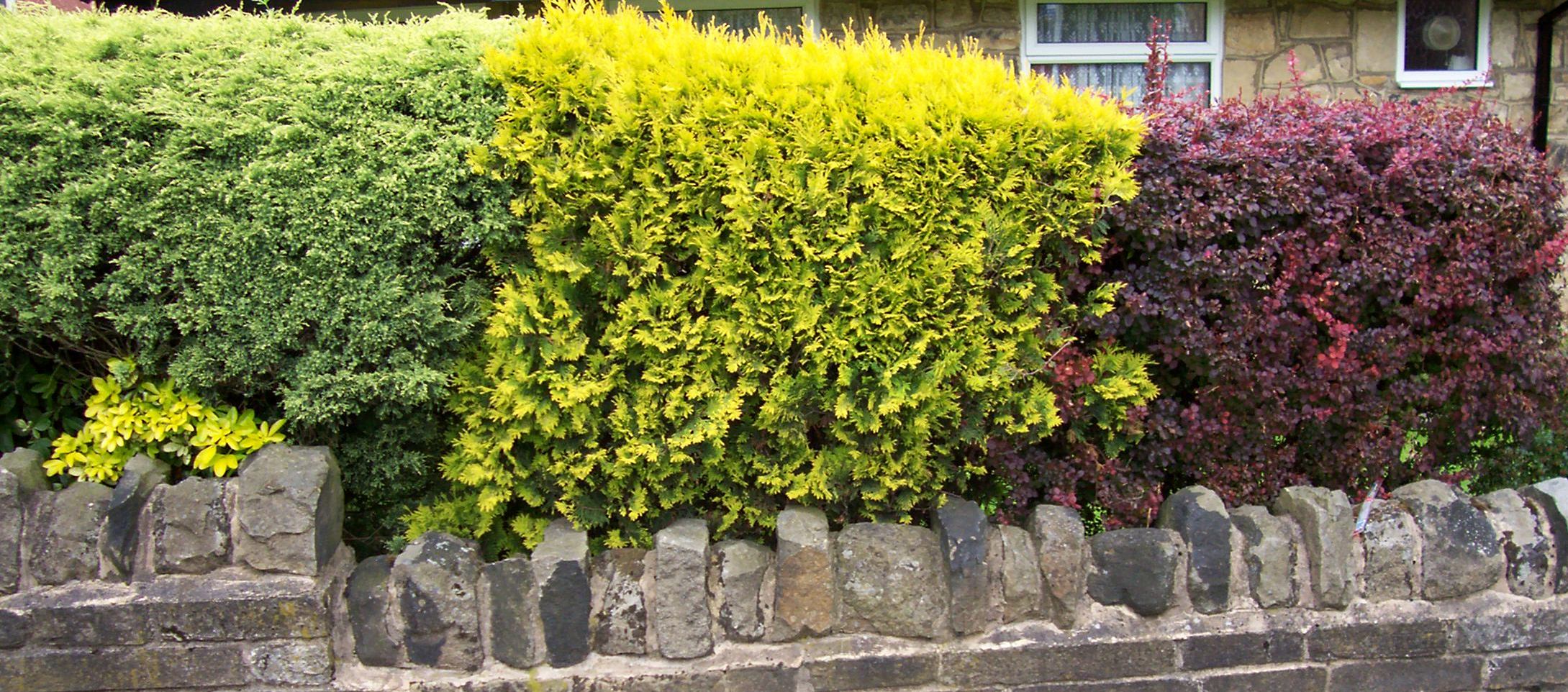
This isn’t my favourite hedge spotted on a walk to Menston railway station but it hints at what can be achieved. I would now opt for a fruitful hedge to feed me and the birds.
It is interesting to see how gardening adverts have changed with the horticultural industry and modern developments. Yet a top fruit business has in some ways stayed the same.

We are all pleased to see Ken Muir’s specialist fruit business is still on the go although Ken himself died in 2011 at the age of 85. This advert in The Garden October 1976 was placed when his mail order business was 10 years old. Ken Muir was famous for starting the Pick Your Own trend and supplying strawberries to Marks And Spencer. Unfortunately I can find no trace of Oldfield Nurseries – they claim an admiral slogan that we can take to heart ‘We are NOT a garden Center - We grow what we sell.’ Is it another case of use it or loose it?
Are weather vanes as popular now as they were? We get modern weather forecasts via all sorts of media but gardeners need to understand local conditions and what impacts on their own micro climates so there is a place for wind vanes.
Landsman bookshops suffered the fate of other specialist bookshops when information became a cheap commodity on the internet. This coincided with a drop in the number of students studying horticulture and farming. They lasted another 32 years after this advert running a mobile bookshop which visited major agricultural and horticultural shows but then liquidation followed.
Andrews Lawn Edgers LTD are not ‘ALE and hearty’ either! The Vintage Horticultural and Garden Machinery Club reports ALE ‘sold many items including the Spintrim lawn edger, Billy Goat vacuum, Bluebird scarifier and the Cyclone spreader’ they have the adverts to proove it. I like the thought of Jenny the generator for the garden.
Good, firm, mild flavoured Brussels Sprouts are a heavy yielding crop that only need a bit of care and consideration. Here are our top tips.
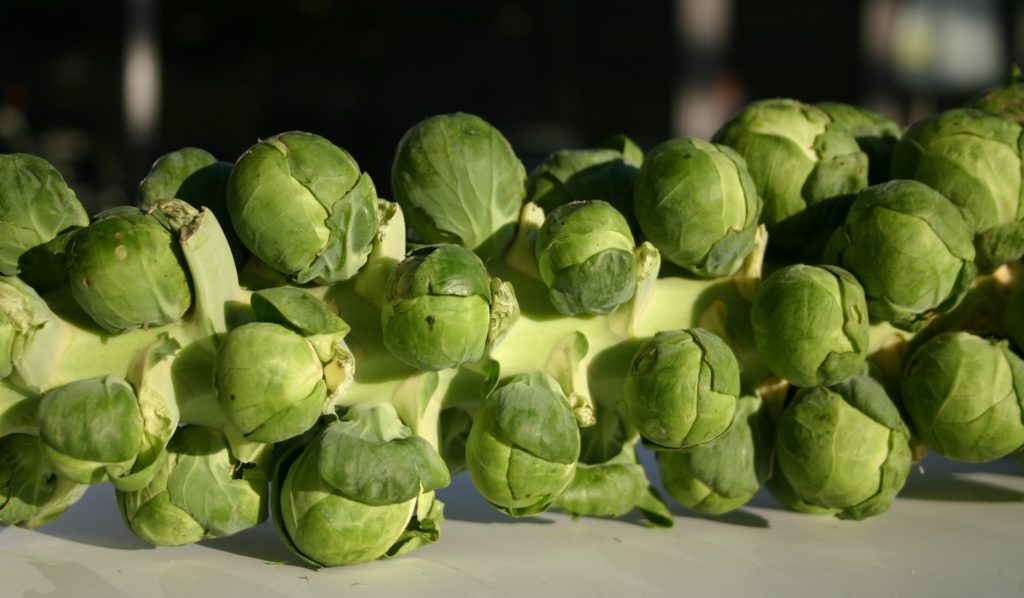
A Gardener’s Perspective of ‘What makes a good cut flower’
A Customer View Point of ‘What makes a good cut flower’
To grow a generic mix of flowers for arrangements and bouquets check out Thompson & Morgan
A Retailers View of ‘What makes a good cut flower’
According to Linda Beutler in ‘Garden to Vase’ the answer is not just ‘Mums’ ‘Glads’ and ‘Carns’
Dahlia
Euphorbia
Pittosporum
Alstroemeria
Fatsia Japonica
Corkscrew hazel
Phormium
Some fun photos that appeal to my sense of humour. These are the famous ‘Glove Flowers’ yes you guessed it they are Marigolds. African Marigolds to be accurate with flower heads 4″ across.
If you were thinking of prickly plants that need gloves I am sorry no one Rose to the occasion.
Foxes do not were gloves and I do not know how they got their name but this healthy Foxglove has distinctive spots on the white tubular flowers.
I am trying to remember the name of this perennial Foxglove species. The flowers are smaller than other foxgloves but the plant has been a reliable ‘doer’ for me for many years.
They are not called ladies Fingers that is the vegetable Okra.
That gave me time to remember that Digitalis lutea is the 3 feet high foxglove that flowers creamy yellow on one side of the stem.
Back to the rubber gloves of Marigold fame. This time they are Marsh Marigolds but as tempest fugit and time marshes on that is all for today (thank goodness ed). As the name implies these little rascals love water but try to do it without unzipping your pants.

No (snow) platforming this Easter
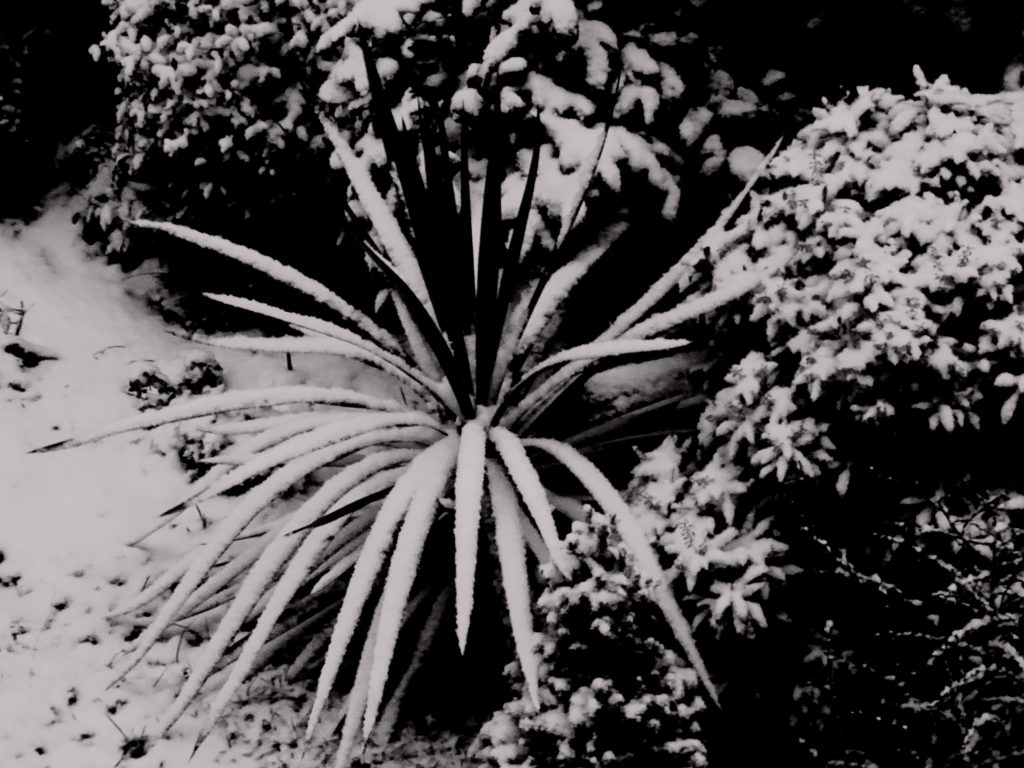
Moving in to Spring
